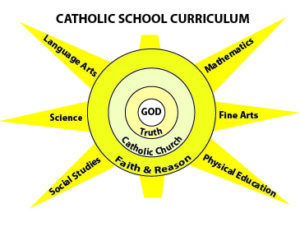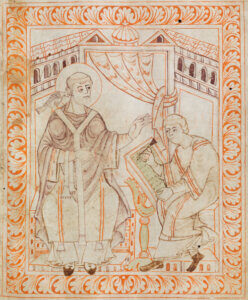President’s Blog Sept. 3
Dear Assumption Catholic Schools,
We come to the end of the 2nd week of school. Thank you to everyone for a successful start to the year.
This Week I bring you Get Fed – Catholic Things You Need to know – How Old is Gregorian Chant?
To give you a quick idea of how old Gregorian chant is: it was named for Pope St. Gregory the Great, who died in 604 A.D. That was more than 1,400 years ago.
Liturgical singing goes back even further, to the earliest centuries of the Church. A basic collection of chants developed in the West during the 3rd and 4th centuries, used in both the liturgy and Divine Office. By the 6th century, various regional chant traditions had developed, such as Celtic chant in the British Isles, Gallican chant in Gaul, Mozarabic chant in Spain, and Old Roman chant.
In the 500s, Pope Gregory I revised and reformed the Roman liturgy. As part of this reform, he organized and revised the various chant traditions and assigned different chants to particular parts of the Mass throughout the liturgical year.
Major developments occurred during the time of Charlemagne in the 8th through 9th centuries, when Roman chant came to Gaul and fused with the local Gallican chant traditions. This chant spread rapidly, and over the next few centuries, Gregorian chant would become the main mode of chant throughout the West. Written notation appeared in the 10th through 11th centuries.
Perhaps some of the most significant contributions in recent times were those made by the Benedictines of Solesmes, who re-established monastic life in post-Revolution France and revived the use of Gregorian chant. The Liber Usalis—the most common collection of Gregorian chants you’ll find today—is the work of Solesmes.
Pope Pius X further reiterated the importance of Gregorian chant in his motu proprio Tra le sollecitudini, and Vatican II—while allowing for the use of other types of liturgical music—reaffirmed that Gregorian chant is “specially suited to the Roman liturgy” and hence is to be given “pride of place” (Sacrosanctum Concilium).
Check out some chant on YouTube or other sources and immerse yourself in the ages.
Happy Labor Day
In Christ’s Peace
Daniel Minter
President
Assumption Catholic Schools
